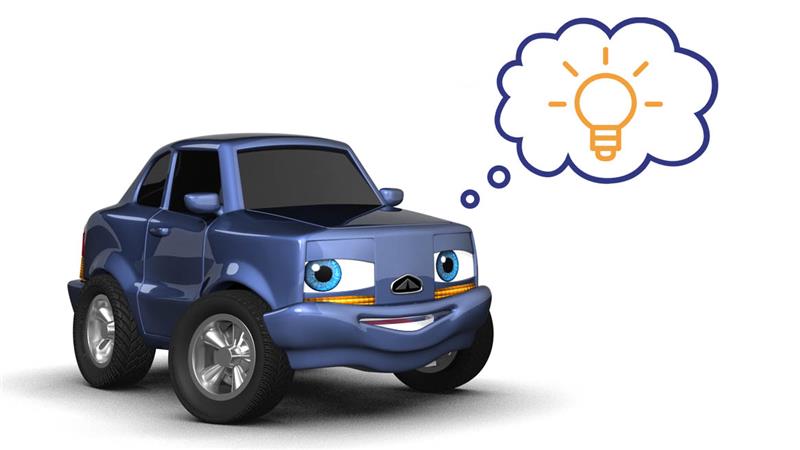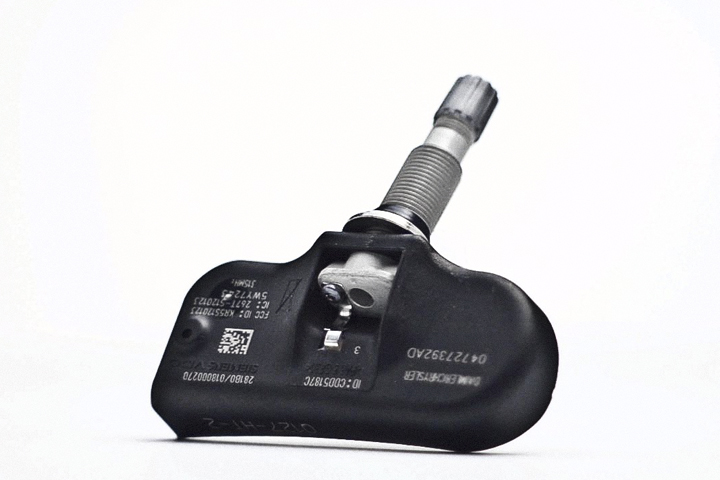You’ve probably noticed how much easier it is to see when you’re driving in the daytime as opposed to at night. It’s one of the main reasons about half of all fatal vehicle accidents happen when it’s dark.
That’s why it’s important that your vehicle’s headlights are in top condition and working the way they should. That means that they’re aimed correctly and producing the amount of light they are intended to produce.
For many years, headlights were a standardized size and shape. They were what is called a “sealed beam,” and when you needed to replace one, it was pretty simple. You just took the old one out and plugged a new one in.
But now there are hundreds of different types of lighting systems on vehicles, producing light with such illuminating technology as light-emitting diodes (LEDs), halogen bulbs, high-intensity discharge (HID) bulbs and more. Some vehicles have systems that turn your lights in the direction you turn your steering wheel so you can more clearly see where you are going.
Now that it’s not so simple to change headlamps or bulbs, it’s wise to consult your service advisor. She or he can tell you what your options are. There may be ways you can upgrade your lighting with new headlamps or components, but it’s important not to install new parts that could damage your vehicle. For example, the headlight housing could be damaged if a bulb burns too hot for its design.
It’s also good to check regulations and laws where you live. Some regulate the color of light your headlamps can shine and how bright they can be. It’s wise to leave it up to a technician to replace your headlamps. Some are tricky to get at, and modern engine compartments can be packed so tightly, it’s hard to maneuver around all of the other engine components to reach the headlamp compartment.
Oh, one other thing to keep in mind. Even if your headlamps are both working, you might notice people are flashing their lights at you, even when you don’t have the high beams on. That could mean your headlamps are aimed wrong; for the safety of the other drivers and yourself, have your technician check your headlamps’ aim.
You’ll see the light when you have good visibility at night.


 This technology has been used by race car drivers for years. They are able to head off problems from underinflation by closely monitoring tire pressure on the track. It’s up to your vehicle’s manufacturer to determine which of many TPMS systems available they’ll use to comply with the law.
This technology has been used by race car drivers for years. They are able to head off problems from underinflation by closely monitoring tire pressure on the track. It’s up to your vehicle’s manufacturer to determine which of many TPMS systems available they’ll use to comply with the law.